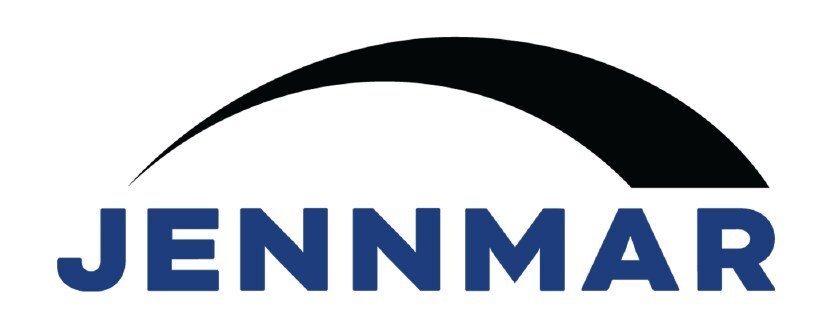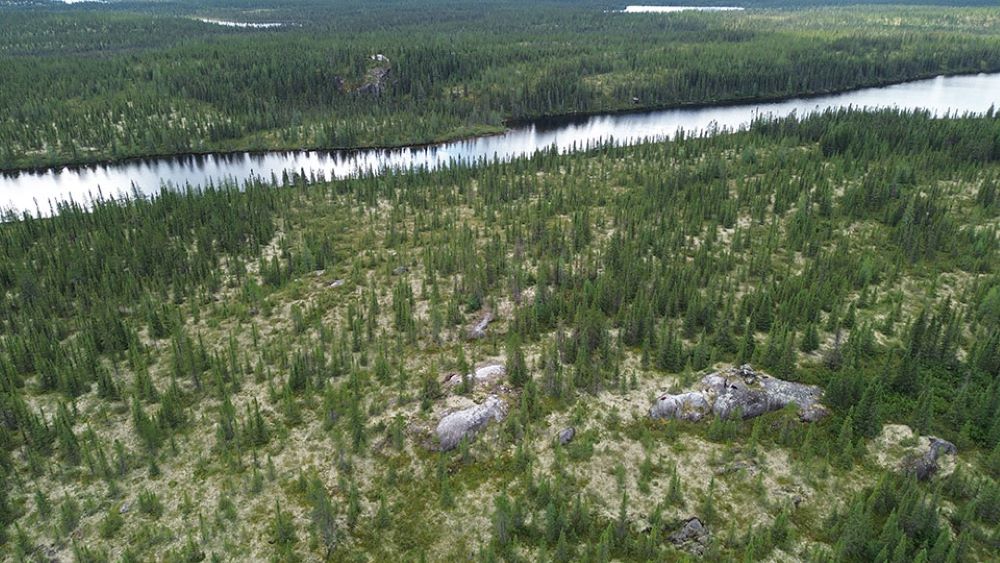Under a Golden Pond
In June, 2009, David Larche acquired the rights to a former, open-pit gold mine known as the Golden Arrow, located some 65 km east of Timmins, Ontario. The mine produced nearly 280,000 tonnes of low-grade ore before being closed in 1983, but with gold trading at more than $1,000 an ounce Larche saw plenty of potential to put Golden Arrow back into operation.
There was just one problem though. The pit, which is about 150 m long, 125 m wide and 70 m deep, had filled with water and, naturally, had to be pumped before any attempts were made to go after the mine’s remaining gold.
Larche, president and CEO of Victoria Gold Mines East Timmins Ltd, applied to the Ontario Ministry of the Environment for permits to pump the water from the pit located on the 524-ha Golden Arrow property. The ministry approved Larche’s application last June and within weeks dewatering began.
After water quality from the pit had been tested and shown to be clean from the start, the water was pumped into decantation and monitoring basins before eventually flowing into the swamp once water quality was tested making sure no contaminants or suspended solids made their way into the swamp.
“I’ve been in the industry since 1981 and been part of 10 mines,” says Larche, whose father John Larche was the prospector who staked the celebrated Hemlo gold property in northwestern Ontario in the late 1970s. “This was the biggest dewatering project I’ve done.”
With permits in place, Larche’s crews started to pump 8.6 million litres of water per day using diesel-powered generators at the start, then switched to electric pumps as they began to work their way to the bottom. Either way, the best they could do was to lower the water level about six inches a day, unless it rained. “One day of rain costs you two days of dewatering,” says Larche. “The pit is equivalent to several small lakes because it’s so deep.”
In any event, they kept going until early December, 2010, when they had to shut down for the winter. By then, though, they had removed about 90 per cent of the water.
In the meantime, Larche had found a partner who would drill the property to determine the extent and grade of the gold deposit at Golden Arrow. On November 2, 2010, Kingston-based Murgor Resources Inc. signed a letter of intent with Victoria to acquire up to a 70 per cent interest in the property.
Murgor president and CEO Andre Tessier says his company has agreed to spend $4 million over the next two years to earn a 55 per cent interest and can boost that to 70 per cent by completing a pre-feasibility study.
“We examined the property in the field and thought it was a great project with lots of upside ,” says Tessier. “There’s still a lot of gold in the walls, in the floor and below the pit.”
After signing the letter of intent, Murgor was able to set up a drill on a bench at about 30m below the surface. The company drilled eight holes and took about 1,200 m of core samples from the bottom of the pit and from a southeast extension of the mineralized zone. “The results were fantastic and the mineralization is open at depth, says Tessier.” Results from the first four drill holes completed at print returned up to 59 meters of 2.64 g/t gold.
One other aspect of the project appealed to Tessier. The Ministry of Mines and Northern Development had already issued a permit to Victoria Gold Mines East Timmins that would now allow Murgor Resources Inc. to extract a bulk sample of up to 100,000 tonnes of ore. There are five mills within a 70 km radius of the site to process the material. Both Tessier and Larche are well experienced with finding and developing properties and they are confident that the Golden Arrow project has a bright future.
Tessier has been involved in mineral exploration since 1985 and worked as a consultant for Barrick Gold, Teck Cominco and HudBay Minerals before joining Murgor as president in 2003. The company has exploration projects in the Flin Flon district in northern Manitoba and the Chibougamou region of central Quebec, but the Golden Arrow mine will be its flagship property for the foreseeable future.
Larche, meanwhile, has always been an opportunist who pursues whatever looks to be profitable. He was hunting for nickel and other industrial metals for several years until the price of gold began to skyrocket. He found a “hot gold play” in his own backyard – the Porcupine-Destor fault zone that extends roughly from Timmins, where he makes his home, to Val d’Or, Quebec.
“There are hundreds and hundreds of deposits off this main gold fault,” he says. “Everything is on fire up here. The whole district is painted gold. It’s going to be a busy year.”
The partners agree that if gold was trading at $400 an ounce the Golden Arrow pit would still be full of water, but at $1,200 it was worth re-visiting.
The previous mine, which operated from 1981 until early 1983, yielded ore with an average grade of 2.1 grams of gold per tonne. Such low-grade ore can be economically feasible at current prices, Larche says, because the cost of operating an open pit mine could be as low as $10 to $12 per tonne.
The property was first explored in late 1940s and the underground workings from that period, including a 450-foot shaft and 1,550 feet of lateral development, are still there. The results of the drilling and core sampling done at that time are available as well. Larche used those results to produce a 3-D computerized model of the deposit. It showed a large, low-grade gold-bearing halo around the existing deposit.
“Everybody is fairly confident that the information is good,” says Larche. “But in the modern promotional world you can’t go out to the market with 60-year-old data. You have to re-drill.”
In other words, he couldn’t base a share issue on the old data or promote the property publicly, but was able to reach a private earn-in agreement with Murgor. Both he and Tessier were confident that their drilling program would produce positive results. Initial results from Murgor’s due diligence drilling has proven them right, with results of up to 2.64 g/t gold over 59 meters of drill core.
“Murgor has a very aggressive drilling campaign planned,” Larche adds. “There should be some really good news coming out in the next six months.”





Comments